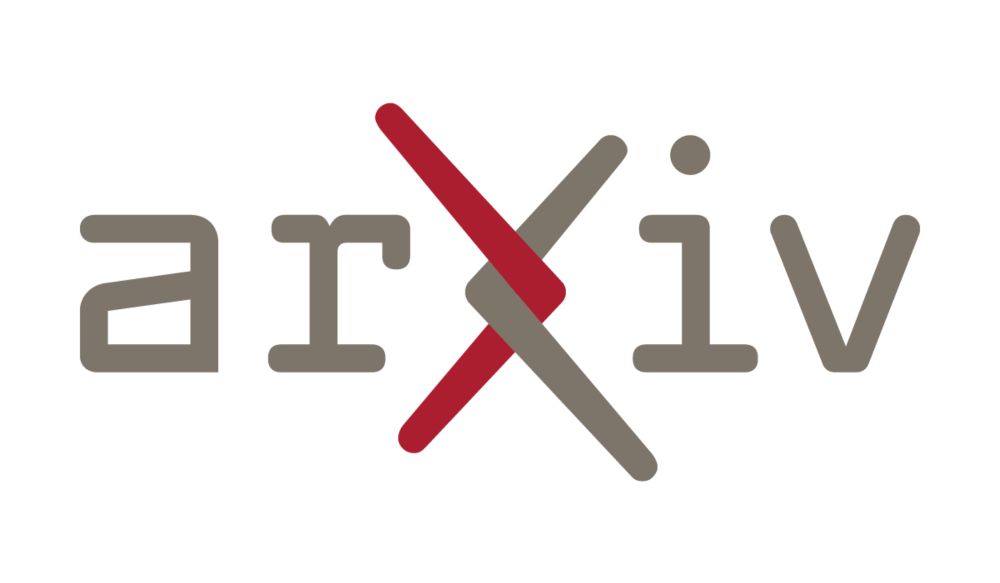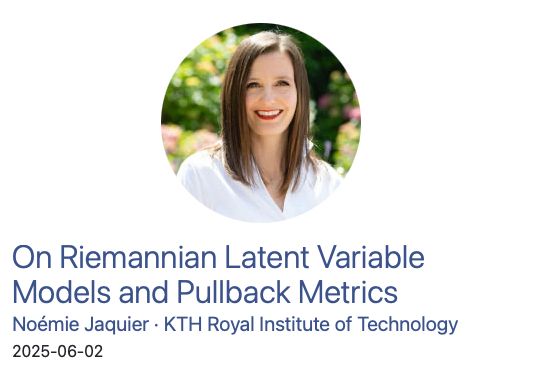Alexander Terenin
@avt.im
5.3K followers
570 following
170 posts
Decision-making under uncertainty, machine learning theory, artificial intelligence · anti-ideological · Assistant Research Professor, Cornell
https://avt.im/ · https://scholar.google.com/citations?user=EGKYdiwAAAAJ&sortby=pubdate
Posts
Media
Videos
Starter Packs
Pinned
Alexander Terenin
@avt.im
· 9d

Bayesian Algorithms for Adversarial Online Learning: from Finite to Infinite Action Spaces
We develop a form Thompson sampling for online learning under full feedback - also known as prediction with expert advice - where the learner's prior is defined over the space of an adversary's future...
arxiv.org
Alexander Terenin
@avt.im
· 9d
Alexander Terenin
@avt.im
· 9d
Alexander Terenin
@avt.im
· 9d
Alexander Terenin
@avt.im
· 9d
Alexander Terenin
@avt.im
· 9d
Alexander Terenin
@avt.im
· 9d
Alexander Terenin
@avt.im
· 9d
Alexander Terenin
@avt.im
· 9d
Alexander Terenin
@avt.im
· 9d
Alexander Terenin
@avt.im
· 9d
Alexander Terenin
@avt.im
· 9d
Alexander Terenin
@avt.im
· 9d
Alexander Terenin
@avt.im
· 9d
Alexander Terenin
@avt.im
· 9d
Alexander Terenin
@avt.im
· 9d
Alexander Terenin
@avt.im
· 9d

Bayesian Algorithms for Adversarial Online Learning: from Finite to Infinite Action Spaces
We develop a form Thompson sampling for online learning under full feedback - also known as prediction with expert advice - where the learner's prior is defined over the space of an adversary's future...
arxiv.org
Alexander Terenin
@avt.im
· Jul 17
Alexander Terenin
@avt.im
· May 30

An Adversarial Analysis of Thompson Sampling for Full-information Online Learning: from Finite to Infinite Action Spaces
We develop a form Thompson sampling for online learning under full feedback - also known as prediction with expert advice - where the learner's prior is defined over the space of an adversary's future...
arxiv.org
Alexander Terenin
@avt.im
· May 30
Alexander Terenin
@avt.im
· May 30



